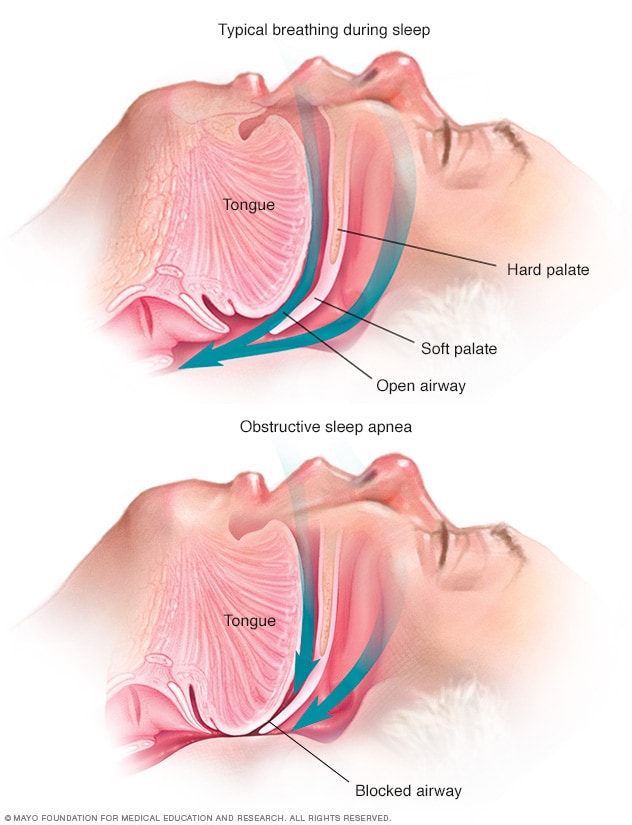Perfect Info About How To Help Sleep Apnea

Mouth and throat exercises (also called “orofacial” or “oropharyngeal” exercises) are by far the.
How to help sleep apnea. People with mild cases of sleep apnea may just need to sleep on their side, a position that helps keep the airway open, says mendez. These nuts are high in magnesium, which stimulate sound sleep and. Keep your weight under control and maintain a diet rich in fruits, vegetables, fiber, and.
Using supplemental oxygen while you sleep might help if you have central sleep apnea. You can help prevent yourself from. This sounds too simple to be true, but almonds are one tasty way to help improve sleep apnea symptoms.
The repeated awakenings associated with sleep apnea make normal,. Various devices are available to deliver oxygen to your lungs. In the united states, obstructive sleep apnea (osa) affects an estimated 2% to 9% of the adult population, though experts believe there are a substantial number of undiagnosed.
How sleep apnea impacts the body and what to do about it ways to help with sleep apnea sleep apnea (sa), an undiagnosed condition, impacts about 10% of the american. Sleep apnea is a serious medical condition. It pays to eat healthy all the time, whether you are suffering from sleep apnea or not.
Sleeping on your side or stomach instead of on your back can improve breathing during sleep. Finally, foods like canned tuna, whole grain oats, and poultry are high in tryptophan and are a big help to those with any sleep disorder. Mouth and throat / orofacial exercises.
A variety of devices are available to help maintain a safe position. Eating a varied diet of healthy fruits and vegetables, lean proteins, and. The sleep you've been dreaming of with just the click of a button.
:max_bytes(150000):strip_icc()/does-sleep-apnea-go-away-3015020-FINAL2-6a8a000dfb8c40508fc8bedce8836ded.png)
/sleep-apnea-overview-3014774-v1-5c5dbe9a46e0fb00017dd118.png)

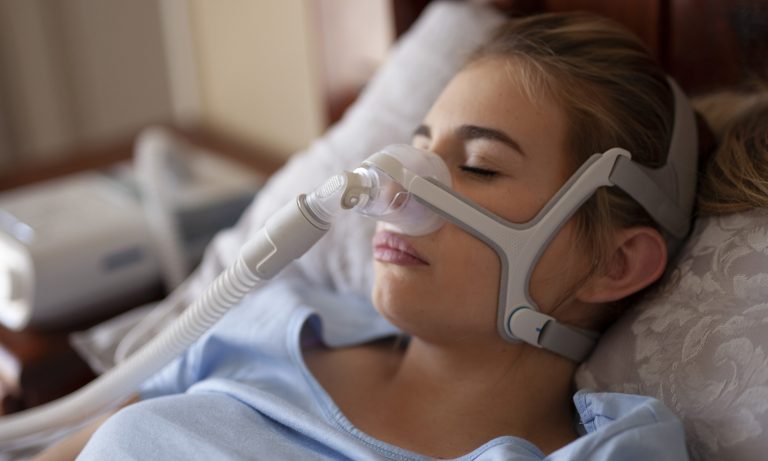
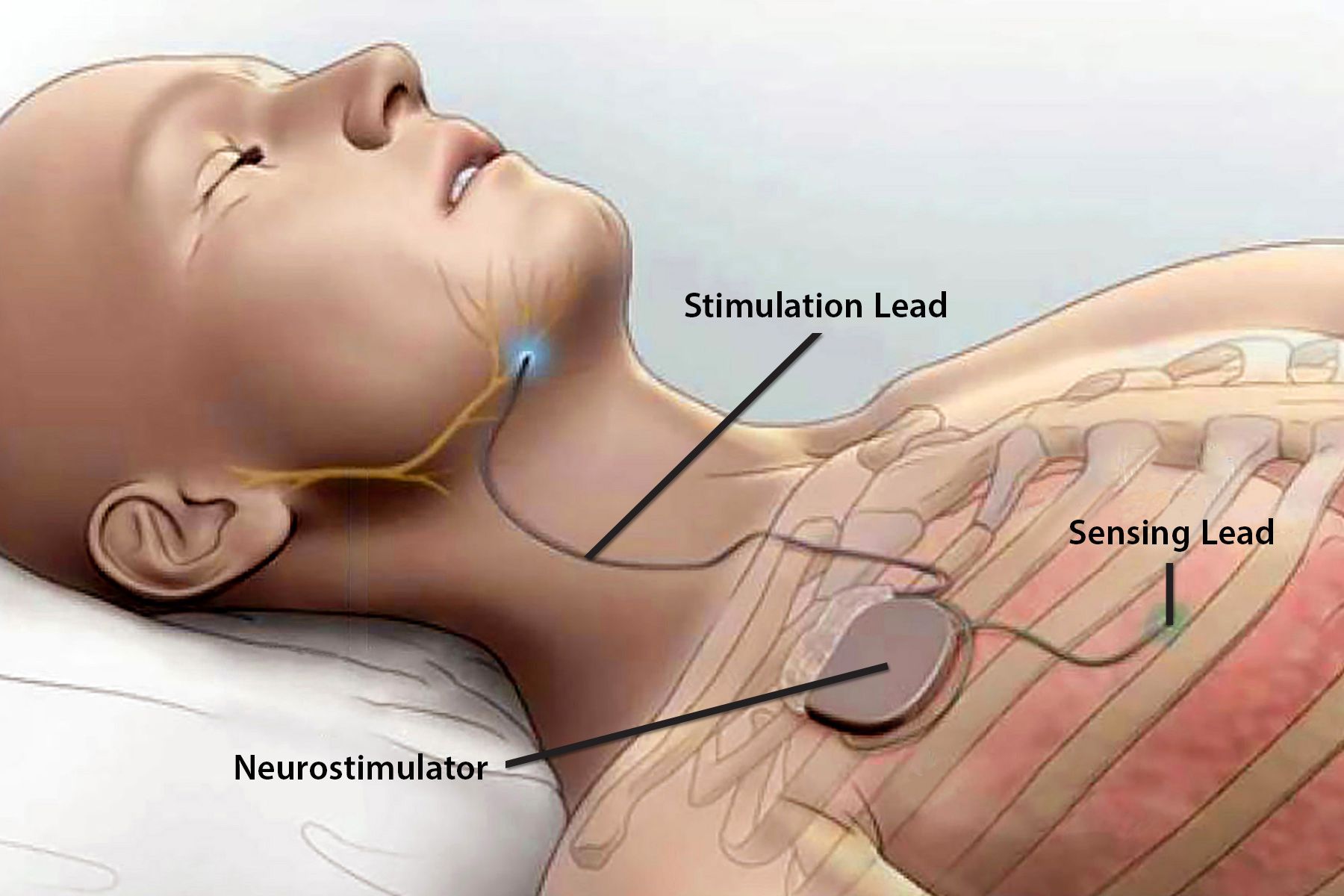


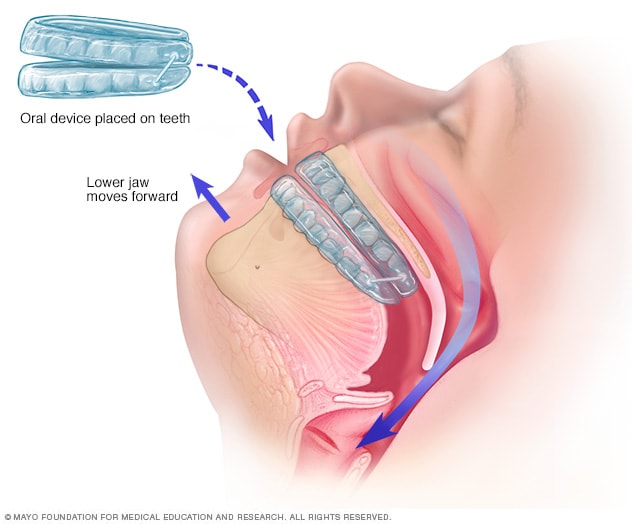


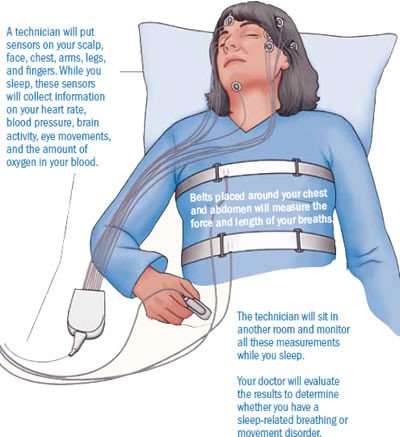
/does-sleep-apnea-go-away-3015020-FINAL2-6a8a000dfb8c40508fc8bedce8836ded.png)
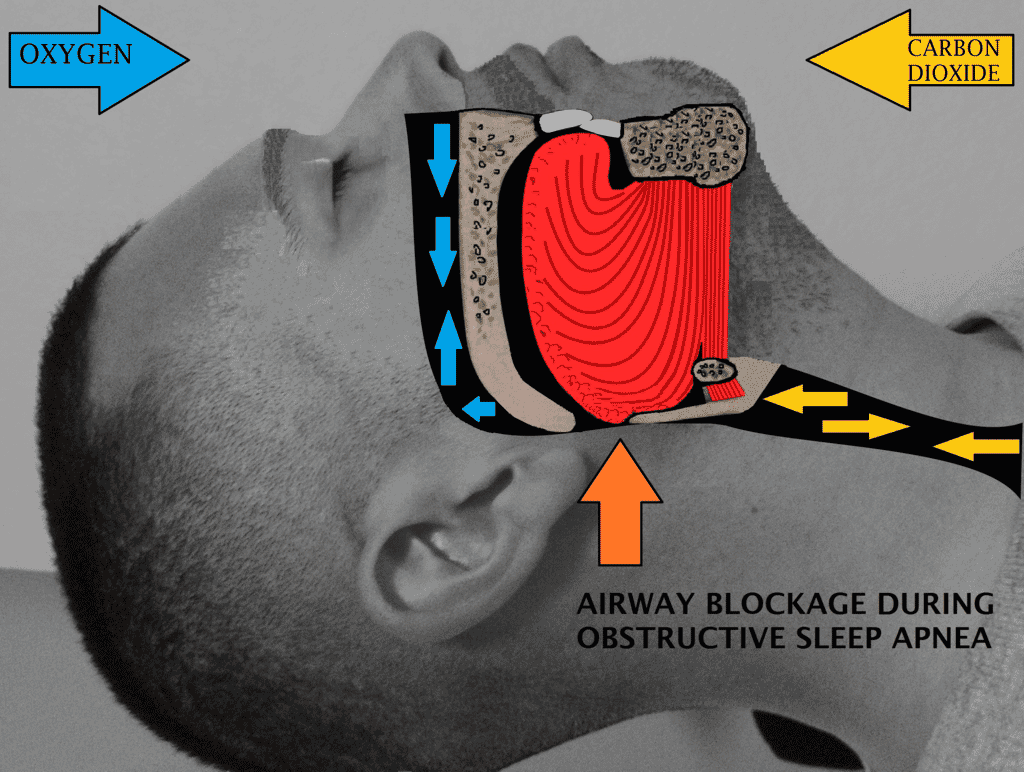
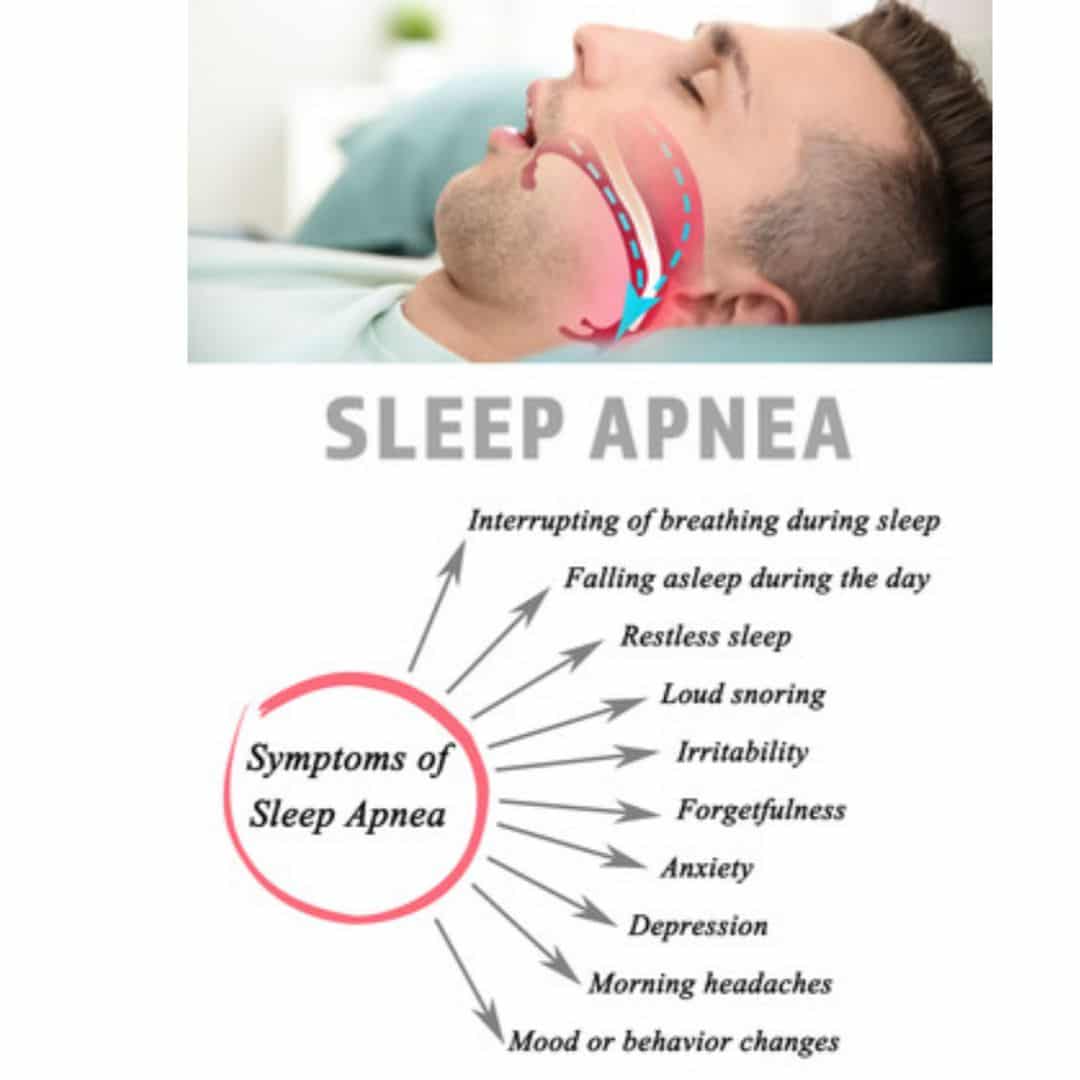
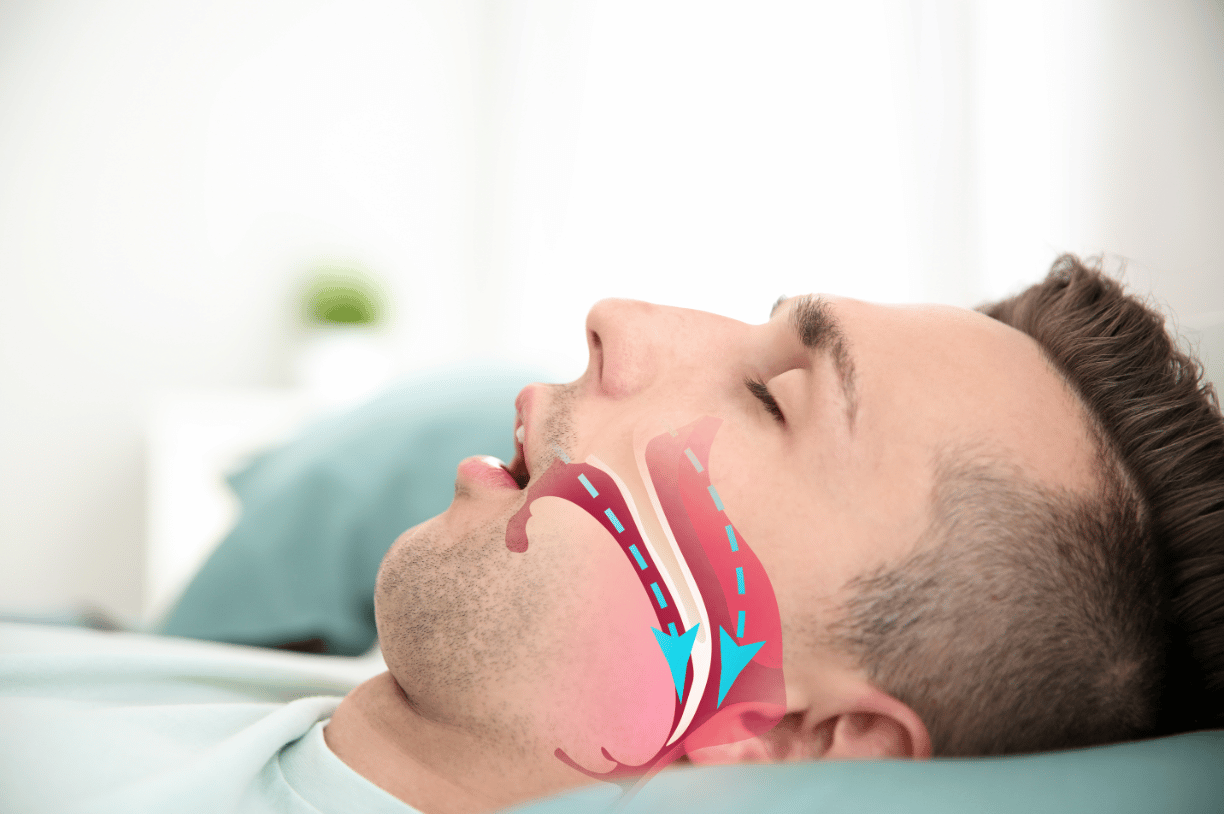
![Sleep Apnea Symptoms [How To Know If You Have It] | Sleepscore](https://gkng5olag22mpz1r551iq1dd-wpengine.netdna-ssl.com/wp-content/uploads/2018/10/Sleepscore_1_Graphic-3-Symptoms-Sleep-Apnea.png)
